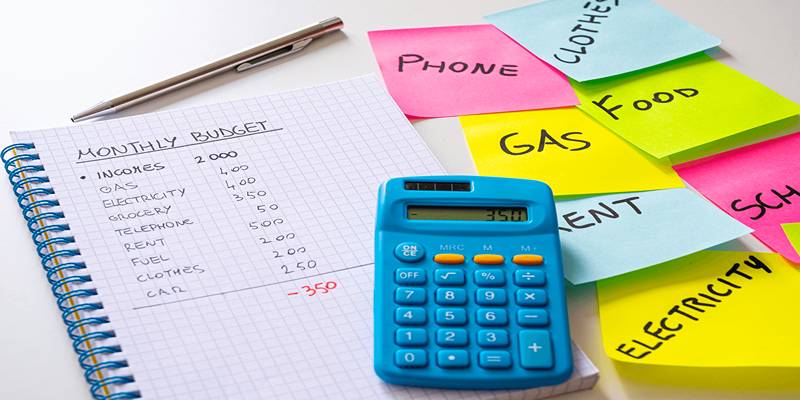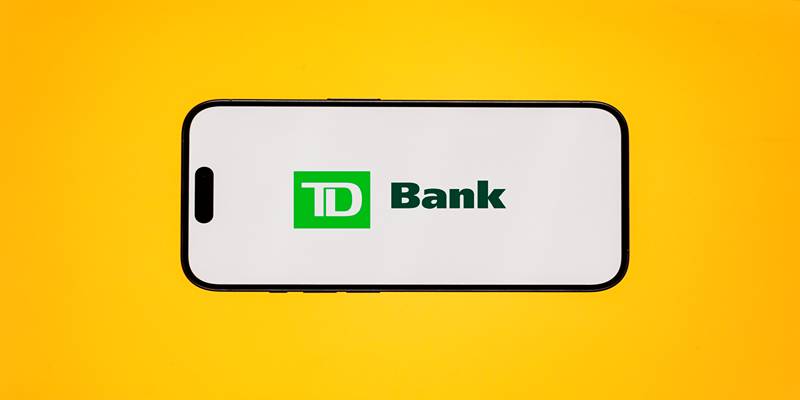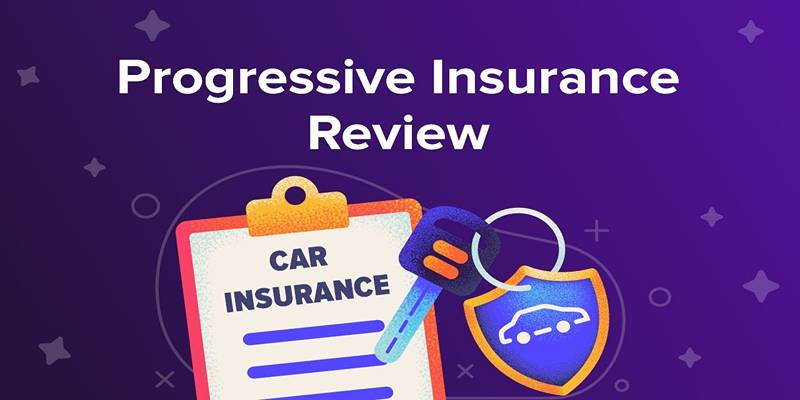Creating a budget that works isn't just about tracking every penny—it's about understanding the nature of your expenses. Fixed and variable expenses behave differently, and learning how to manage both types is crucial for building a stable financial future. Fixed expenses stay constant, like your rent or car payment, while variable expenses—like groceries or entertainment—can change month to month.
Balancing the two may seem tricky, but with a thoughtful approach, you can stay on top of your bills, plan for surprises, and make progress toward savings goals. Let's walk through how to successfully budget for fixed and variable expenses without feeling overwhelmed.
What is the Difference Between Fixed and Variable Expenses?
Before you can budget effectively, you need to clearly separate your expenses into two categories:
- Fixed Expenses: These are consistent monthly costs you must pay regularly. Examples include mortgage or rent payments, insurance premiums, car loans, and subscription services.
- Variable Expenses: These costs fluctuate depending on your usage, lifestyle choices, and needs. They include groceries, utility bills, fuel, dining out, entertainment, and shopping.
Recognizing which expenses are fixed and which are variable helps you build a flexible, realistic budget.
Step-by-Step Guide to Budgeting for Fixed and Variable Expenses

Budgeting isn't just about listing your bills—it's about creating a system that helps you manage your money consistently and adapt to life's changes. Follow these steps to build a realistic, flexible budget that covers both fixed and variable expenses.
Step 1: List All Fixed Expenses
Begin by writing down every fixed expense you have each month. These costs are your first priority because they are predictable and usually non-negotiable.
Examples of fixed expenses to include:
- Rent or mortgage payments
- Health, car, and home insurance premiums
- Loan payments (student loans, personal loans, auto loans)
- Internet and streaming service subscriptions
- Childcare or tuition fees
Once you total your fixed expenses, you'll know how much of your monthly income is already committed. This number will be the foundation of your budget.
Step 2: Track and Estimate Variable Expenses
Next, tackle your variable expenses. Because they fluctuate, it's smart to review several months of bank and credit card statements to find the average amount you typically spend in each category.
Common variable expenses to consider:
- Groceries and household supplies
- Utility bills (electricity, water, gas)
- Transportation (fuel, public transit)
- Dining out and entertainment
- Clothing and personal care
Be honest about your habits. Underestimating these categories will only cause frustration later when your actual spending exceeds your budget.
Step 3: Prioritize Your Spending
Now that you've identified your expenses, it's time to prioritize. Fixed expenses must be covered first because missing these payments can have serious consequences, like late fees or damaged credit.
Variable expenses, while necessary, offer more flexibility. This is where you can make adjustments if needed to balance your budget or boost your savings.
Ask yourself:
- Which variable expenses are essential? (e.g., groceries, transportation)
- Which ones are wants rather than needs? (e.g., eating out, shopping for non-essentials)
Learning to distinguish between needs and wants will empower you to make smarter financial decisions.
Step 4: Set Spending Limits for Variable Expenses
One key to managing variable expenses is setting realistic, flexible limits. After covering your fixed expenses, divide the remaining income among your variable categories.
Example approach:
- Groceries: $400/month
- Transportation: $150/month
- Dining out: $75/month
- Entertainment: $50/month
Use tools like budgeting apps, spreadsheets, or even the classic envelope method to track your spending in each category. Adjust as needed based on actual spending patterns.
Step 5: Build a Buffer for Unexpected Costs
Life happens. Sometimes, your expenses won't fit neatly into categories. A sudden car repair or a higher-than-normal utility bill can easily throw your budget off track.
To stay ahead, include a "miscellaneous" or "unexpected expenses" line item in your budget. Setting aside even $50 to $100 a month can help you absorb surprises without tapping into your savings or running up credit card debt.
Step 6: Review and Adjust Regularly
Budgeting isn't a one-time activity—it's an ongoing process. Set a schedule to review your budget monthly or quarterly. Life changes, and so do financial obligations.
Things to review regularly:
- Are your fixed expenses changing? (New lease, loan payoff, insurance renewal?)
- Are your variable expenses creeping higher than planned?
- Are you reaching your savings goals?
If something isn't working, don't be afraid to tweak your budget. Staying flexible ensures your budget evolves with your needs and remains a helpful tool, not a restrictive chore.
Tips for Managing Fixed and Variable Expenses Successfully

Managing your fixed and variable expenses effectively requires more than just setting a budget—it takes consistency, flexibility, and a little strategic thinking. By following a few simple habits, you can stay on track, handle unexpected costs, and make steady progress toward your financial goals.
- Automate Payments: Set up automatic transfers for fixed expenses and savings contributions to avoid late payments and missed goals.
- Use Cash or Prepaid Cards for Variables: Paying with cash or loading a set amount onto a prepaid card can help control overspending on discretionary categories.
- Set Clear Goals: Saving for a trip? Planning for a home purchase? Assign purpose to your extra income to stay motivated and resist impulse buys.
- Celebrate Small Wins: Paid off a loan? Stayed under budget for groceries? Celebrate progress—it keeps you motivated!
Conclusion
Learning to budget for fixed and variable expenses is an essential life skill. By understanding where your money goes, prioritizing essential costs, setting smart limits, and remaining flexible, you can create a budget that truly works for your lifestyle.
Consistency and small adjustments along the way are key. Whether you're building an emergency fund, paying down debt, or saving for your next big goal, mastering the balance between fixed and variable expenses will put you firmly on the path to financial success.












